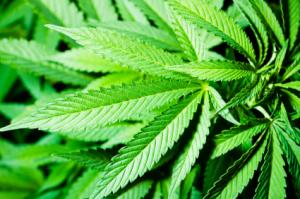
“Have you ever heard of the digestive system? The lymphatic system? How about the muscular and nervous systems? Of course you have. Science has been studying them for years, making breakthroughs in our understanding of their inner workings that have lead to advancements benefited humanity in ways we now take for granted.
How about the endocannabinoid system? Have you heard of that? If your profession has nothing to do with the biological sciences, I would expect the answer to be no (save a few individuals). Don’t feel bad however, I have asked this question to many health and medical professionals that I have taught over the years and have received many a blank stare or look of confusion.
What if I were to tell you that this biological system permeates the entire human body with receptors located in skeletal muscle, the digestive tract, adipose (fat) tissue, and throughout the peripheral and central nervous systems (including the brain)? Again, you would question why this system is not studied, discussed, or even mentioned in most in physiology/health classes.
What if I were to tell you that the Endocannabinoid system (or ECS):
– Helps regulate the central control of energy balance
– Helps regulate metabolic processes (including storage)
– Plays a key role in the maintenance of bone mass
– Regulates intestinal motility
– Promotes/regulates sleep
– Is involved in neuromodulation and immunomodulation in the immune system
– Is involved in modulating insulin sensitivity
– Is involved in the regulation of pain signaling
– And much more”
http://functionalanatomyblog.com/2014/03/27/exercise-manual-therapy-and-the-endocannabinoid-system-why-were-all-inherently-potheads/
“Exercise activates the endocannabinoid system.” http://www.ncbi.nlm.nih.gov/pubmed/14625449
“Exercise-induced endocannabinoid signaling is modulated by intensity.” http://www.ncbi.nlm.nih.gov/pubmed/22990628
“Effects of exercise stress on the endocannabinoid system in humans under field conditions.” http://www.ncbi.nlm.nih.gov/pubmed/22101870





